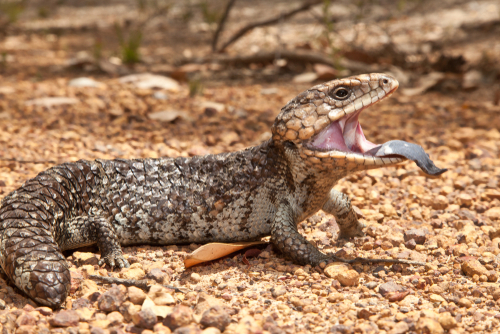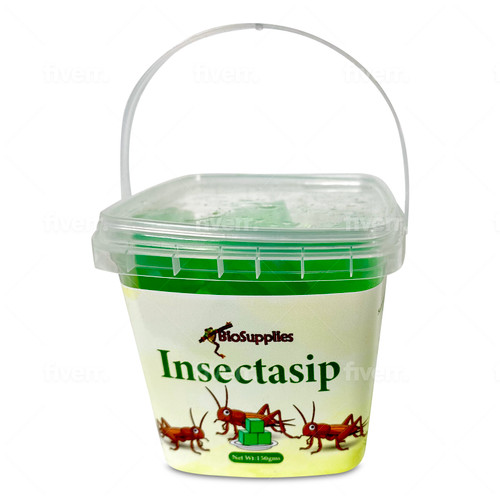
Shingleback lizards
These large skinks are a member of the blue-tongue lizard family and can measure up to 40 cm in length.Tiliqua rugosa are not normally aggressive towards one another, but males can become territorial during mating season.
Shinglebacks are omnivores. They eat many plants, including flowers, leaves and berries. They also use their powerful jaws to catch and crush slow moving insects and invertebrates, including snails, spiders and scorpions. They can store fat in their tails for winter, when they often go without eating for months.
They have a heavily armoured body and can be found in various colours, ranging from dark brown to cream. It has a short, wide, stumpy tail that resembles its head and may confuse predators. They also open their mouth wide to show their bright blue tongue to frightens predators away.
They are very unusual amongst lizards in that they form lifelong pairs. The female will normally give birth to 2 young per year. The babies can measure up to half the length of the mother. The babies often hang around with their parents for a few months before moving away. The shingleback can live up to 50 years in the wild.
Shinglebacks are quite common and are found in deserts, scrubland and dry forests throughout southern Australia. They like to bask in the sun out in the open and can often be seen by the side of the road catching some rays.

